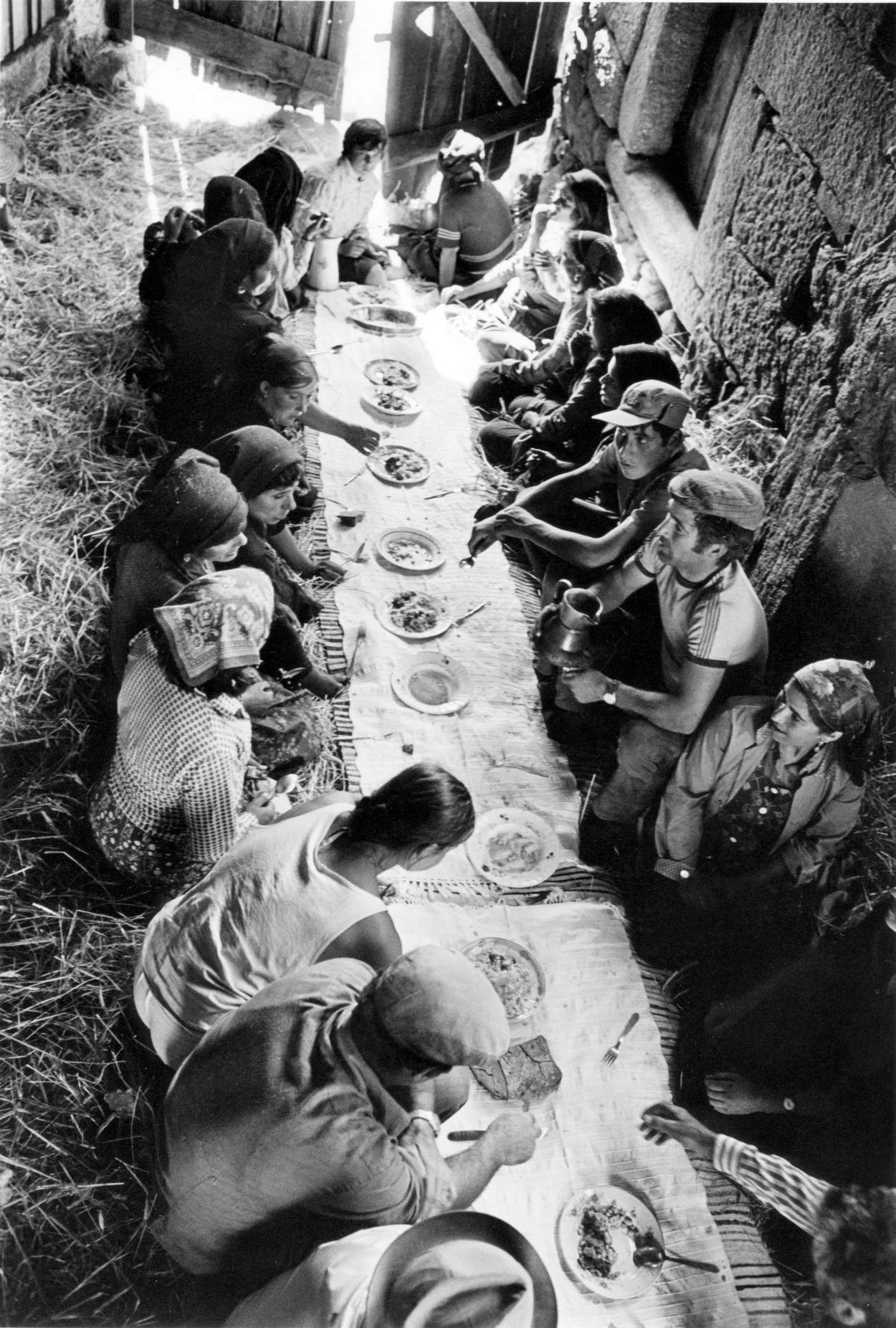Everyday Tables & Festive Tables
Just like breathing and sleeping, the act of eating is essential for human existence. However, the necessity of eating is enveloped by a cultural dimension so complex that it shapes the very formation of communities, each distinct in its relationship with time, territory, customs, and sociability.
If human beings must have a QUOTIDIAN relationship with foodstuffs, the daily meals we are already entrenched in culture. Do individuals eat alone, or with their families? What meal arrangements allow for everyone to get on with the hustle and bustle of their day? Who serves the meal in families, schools, workplaces, canteens, and restaurants?
Defining a quotidian meal is complex: it involves, firstly, access to food, as well as its quality and preparation. It is also conditioned by economic and cultural acceptance. From a sandwich on a park bench to a packed lunch, fast food on the go, street food, a snack in a café, or a meal in a shopping centre and the snack bar. Is a QUOTIDIAN dinner already a meal on the verge of the FESTIVE? What about coffee after lunch, afternoon tea, the Sunday lunch? Are there clear boundaries between the quotidian and the festive, or are they interchangeable categories?
The FESTIVE is characterised by its exceptionality. It serves, firstly as a focal point for sociability, another human need. A day, an event, a memory, a community, a patron, gather affections, interests, and convergences in a specific table. There, FESTIVE FOOD is abundant, varied or selective, often spectacular or strange in its symbolism. The FESTIVE demands food, but not presented as a mere means to satisfy a primal need. Instead, the food acts as a central element in ritual acts, gestures, and representations of power, ostentation, wealth, prodigality, conviviality, and sharing.
Submissions on this topic should explore these dual axes of reflection or engage them in dialogue.
Scientific Committee
Cilene da Silva Gomes Ribeiro
Pontifical Catholic University of Paraná
Claudete Oliveira Moreira
University of Coimbra, CEGOT, Department of Geography and Tourism
Eliane Morelli Abrahão
Historian/ Logic Centre-Unicamp
Maria Cecilia Barreto Amorim Pilla
Pontifical Catholic University of Paraná - PUCPR
Patrícia Merlo
Federal University of Espírito Santo - UFES
Valdecir Carlos Ferri
Federal University of Pelotas UFPel, professor at the Centre for Chemical, Pharmaceutical and Food Sciences
Featured Conference Image
©Georges Dussaud
Heights of Barroso, Barroso Mountain Range, August 16, 1981
The photograph featured in this 10th edition of the DIAITA Luso-Brazilian Colloquium was provided by the photographer George Dussaud himself on April 4, 2024.
“It is lunch time during the threshing. I had been photographing since the morning, and there came a moment when I saw people setting a white tablecloth and... 12 plates. I only found out later - and I found it marvelous - that it symbolised the Last Supper. There was bread and wine on the tablecloth. I was fortunate to climb a ladder and take this overhead shot of the scene. It is truly a supper of Christ.”
[Testimonial collected by Sérgio C. Andrade, Público, 23-07-2007]


